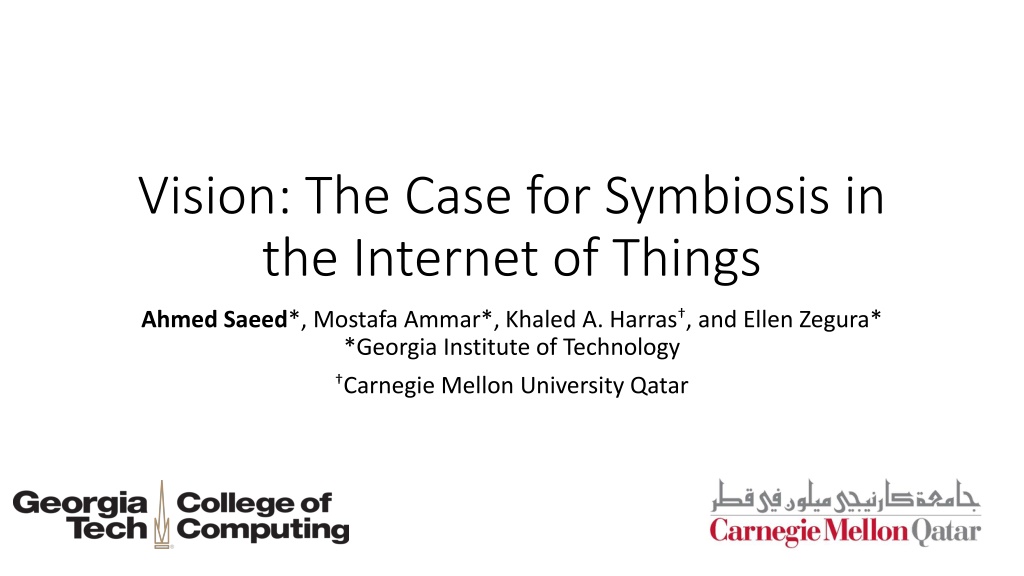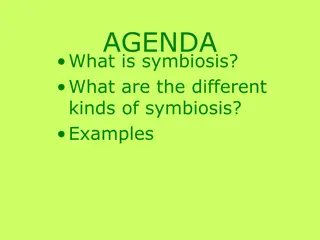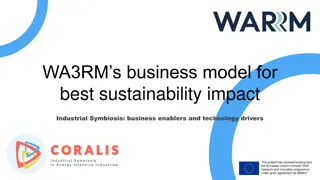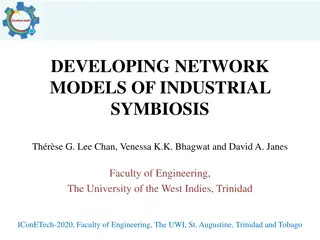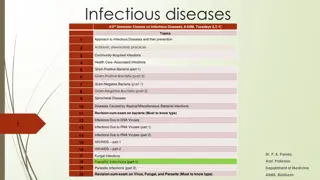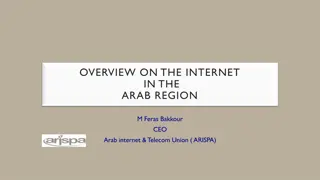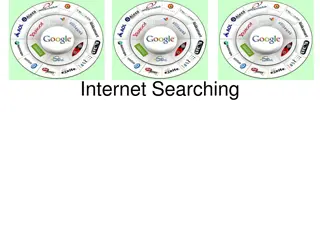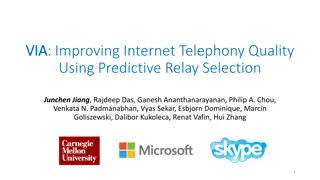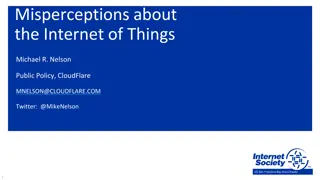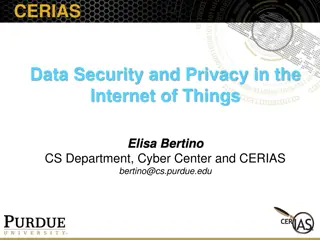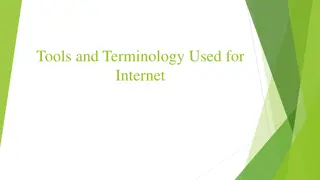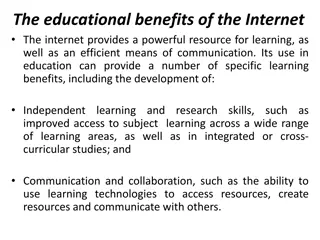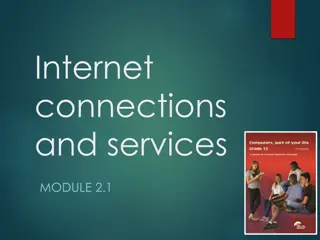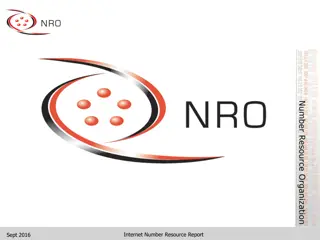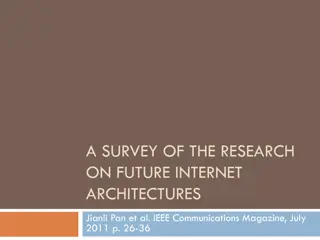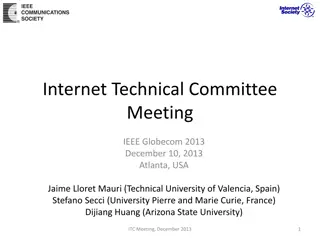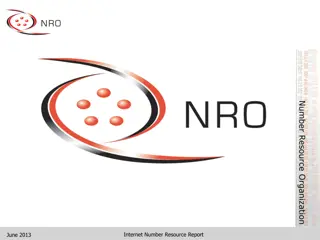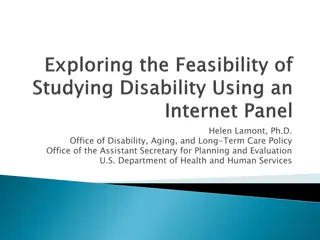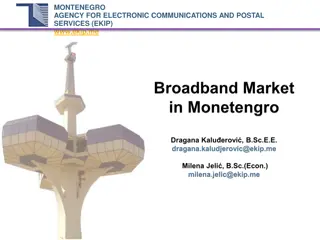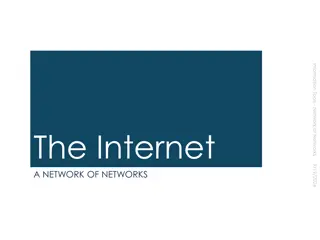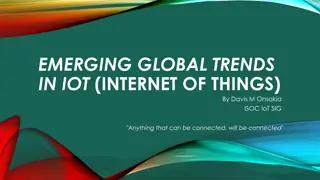The Case for Symbiosis in the Internet of Things
Exploring the potential of symbiosis in IoT, this presentation delves into the benefits of collaboration between devices, cloud analysis, and storage. With examples ranging from health trackers to smart city infrastructure, the vision is set to revolutionize data processing and energy efficiency in the interconnected world.
Download Presentation

Please find below an Image/Link to download the presentation.
The content on the website is provided AS IS for your information and personal use only. It may not be sold, licensed, or shared on other websites without obtaining consent from the author. Download presentation by click this link. If you encounter any issues during the download, it is possible that the publisher has removed the file from their server.
E N D
Presentation Transcript
Vision: The Case for Symbiosis in the Internet of Things Ahmed Saeed*, Mostafa Ammar*, Khaled A. Harras , and Ellen Zegura* *Georgia Institute of Technology Carnegie Mellon University Qatar
13.5 million health and fitness trackers were sold globally last year GfK s trends data Industrial Internet has the potential to add $10 to $15 trillion to global GDP over the next 20 years GE By equipping street lights with sensors and connecting them to the network, cities can dim lights to save energy, only bringing them to full capacity when the sensors detect motion. This can reduce energy costs by 70-80%. John Chambers, Cisco
IoT in a Home Network Cloud Analysis, Control, and Storage Cloud and Mobile Devices Play a central role in data processing and storage
IoT in a Home Network Plugged devices doing very little processing Cloud Analysis, Control, and Storage
IoT in a Home Network Devices generating very fine-grain, private, data Cloud Analysis, Control, and Storage
IoT in a Home Network Fine-grain private information Wasted Processing Resources Cloud Analysis, Control, and Storage stored and analyzed in the cloud
Within three years, 50% of IT networks will transition The Complete Home Network from having excess capacity to handle the additional IoT devices to being network constrained with nearly 10% of sites being overwhelmed. IDC Bandwidth Using commercial cloud services is unsatisfactory because RTTs are too high. This situation is unlikely to Cloud Analysis, Control, and Storage change due to the focus on improving bandwidth rather than end-to-end latency. Satyanarayanant et. al Latency 39% [of Americans] say they are very concerned or somewhat concerned about government monitoring of their activity on search engines. PEW Research Privacy
Symbiosis in the Internet of Things Cloud 1. Storage of Summaries 2. Long Term Analysis Devices can cooperate to match the services provided by the cloud
Outline Motivation SymbIoT Design Goals SymbIoT Strawman Architecture Feasibility Study Conclusion
SymbIoT IoT Design Goals Cloud Reducing Internet bandwidth consumption Matching and improving on cloud s performance Improving resources utilization with the same LAN Two examples of flows that will be much less congested
Outline Motivation SymbIoT Design Goals SymbIoT Strawman Architecture Feasibility Study Conclusion
SymbIoT IoT Strawman Architecture
SymbIoT IoT Strawman Architecture
SymbIoT IoT Strawman Architecture
SymbIoT IoT Strawman Architecture
Outline Motivation SymbIoT Design Goals SymbIoT Strawman Architecture Feasibility Study Conclusion
Feasibility Study: Setup To obtain our results we compare a sample video tagging service running on A Laptop representing a cloud service Two Raspberry Pies representing two lower end processing nodes in SymbIoT
Feasibility Study: Results RTT Processing Time Per Frame Latency Per Frame Internet Bandwidth used Video Processor Service Cost Cloud 30 ms 46 ms 69.1 Mbps (Minimal latency) $9.95 $29.95 per month 17 ms Cloud 220 ms 198 ms 13.9 Mbps (Maximal latency) SymbIoT < 1 ms 553 ms 542 ms 0 Mbps Free Cloud can be matched for a latency tolerant application using only 20 Raspberry Pies For more latency sensitive applications more powerful devices in the LAN can be assigned the task based on the chosen policy
Conclusion Current architecture of IoT deployment: Unnecessarily overloads WANs Introduces high latency Jeopardizes user privacy Underutilizes processing power already available in the network SymbIoT is a new architecture that enables the utilization of any underutilized nodes in the network to lessen the burden on WANs Preserves privacy by minimizing, and controlling, data traveling outside the networks Has the potential to match the performance of modern clouds at a much lower cost
